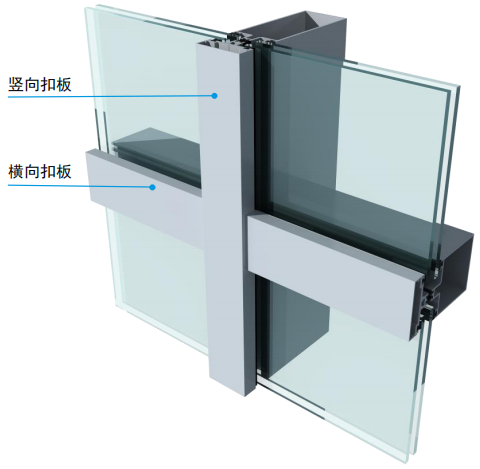

The Unique Characteristics and Applications of Low-E Annealed Glass
Low-emissivity (Low-E) glass is a glazing technology tailored to enhance energy efficiency in buildings and structures. This specialized type of glass is treated with a microscopically thin, transparent coating that reflects heat while allowing natural light to enter. Combined with the annealing process — a method of gradually cooling the glass to relieve internal stresses — Low-E annealed glass presents several advantages that make it a preferred choice among architects, builders, and homeowners.
Understanding Low-E Glass
The primary function of Low-E glass is to minimize the amount of ultraviolet (UV) and infrared light that can pass through it without compromising the amount of visible light transmitted. The Low-E coating consists of metals or metallic oxides that reflect radiated heat, which helps to maintain comfortable indoor temperatures by preventing excessive heat loss during winter and blocking unwanted heat gain during summer. This characteristic is especially vital in climates that experience extreme seasonal temperature variations.
The Annealing Process
Annealing is critical in glass manufacturing for avoiding defects and ensuring structural integrity. During this process, freshly manufactured glass is slowly cooled in a controlled environment. This gradual cooling allows for even distribution of stress within the glass, leading to improved durability and resistance to thermal shock—a crucial feature for Low-E glass, which may encounter changing temperatures due to its insulating properties.
Benefits of Low-E Annealed Glass
1. Energy Efficiency The primary advantage of Low-E annealed glass is its energy-saving capability. By minimizing energy loss, it helps reduce heating and cooling costs for residential and commercial buildings. Studies have shown that the use of Low-E glass can lead to energy cost savings of up to 30% to 50%.
2. Comfort By moderating indoor temperatures, Low-E annealed glass contributes to a more comfortable living and working environment. It helps maintain consistent temperatures throughout a space, eliminating cold spots near windows and reducing glare from direct sunlight.

3. UV Protection This type of glass significantly filters out harmful UV rays, which can cause fading and deterioration of furnishings, artwork, and flooring. By protecting the interior from UV damage, Low-E annealed glass contributes to longer-lasting interiors.
4. Environmental Impact By enhancing energy efficiency, Low-E glass allows buildings to minimize their carbon footprint. Reduced energy consumption translates into lower greenhouse gas emissions, making this glass a sustainable choice in an era where environmental considerations are paramount.
5. Aesthetic Flexibility Low-E annealed glass is available in various finishes and thicknesses, enabling architects and designers to achieve desired aesthetic effects without sacrificing functionality. It can be seamlessly integrated into modern residential and commercial designs, accentuating curb appeal while providing substantial energy savings.
Applications of Low-E Annealed Glass
Low-E annealed glass is widely used in commercial buildings, residential windows, and skylights. Its ability to perform excellently in both new constructions and retrofitting projects makes it a versatile choice for architects and builders. By incorporating this glass into their designs, they can achieve compliance with energy efficiency regulations while enhancing the building’s visual appeal.
Moreover, it is an ideal solution for climate-controlled buildings, such as museums and galleries, where temperature and UV protection are critical. In addition, many states offer incentives for using energy-efficient products, making Low-E annealed glass not only an environmentally friendly choice but also a financially savvy one.
Conclusion
In summary, Low-E annealed glass represents a significant advancement in glazing technology, bringing together energy efficiency, durability, and aesthetic appeal. Its unique characteristics not only improve the functionality of buildings but also contribute to a more sustainable future. As architects and builders continue to prioritize energy-efficient designs, the prominence of Low-E annealed glass is likely to grow, paving the way for more innovative and eco-friendly architectural solutions.